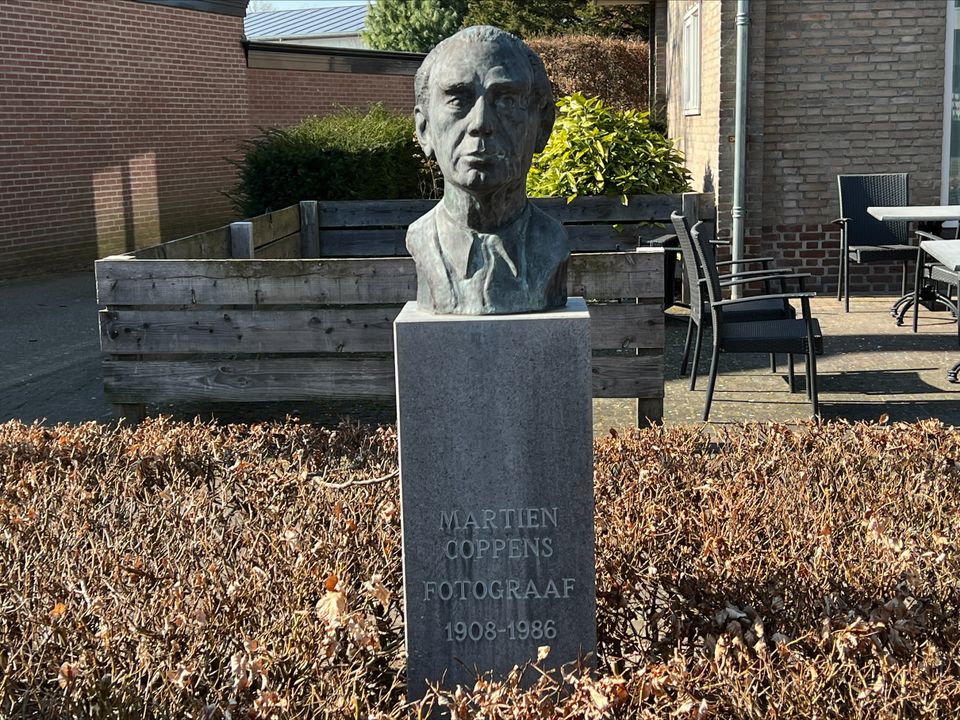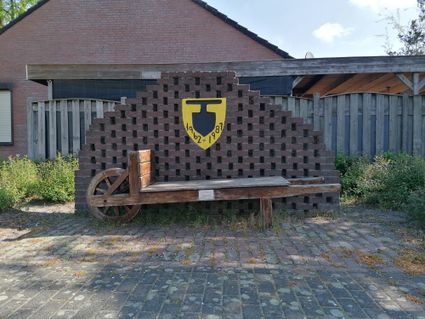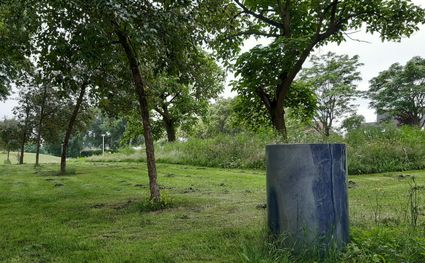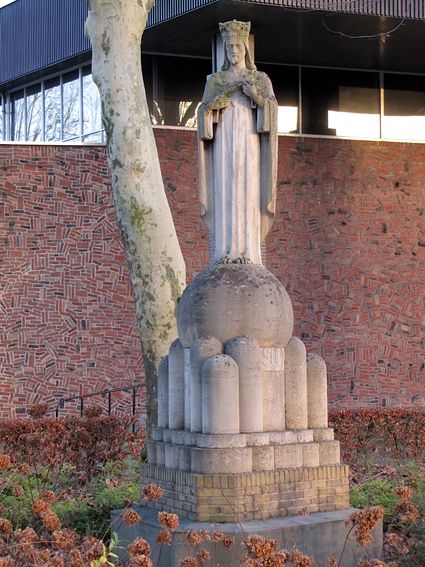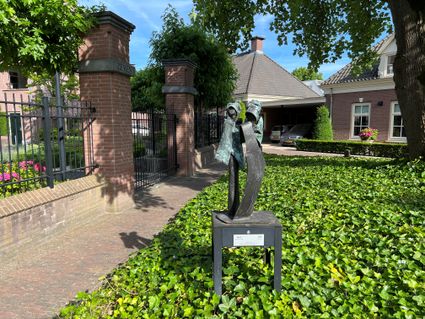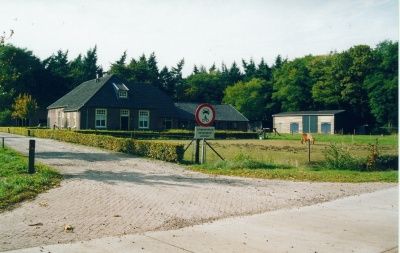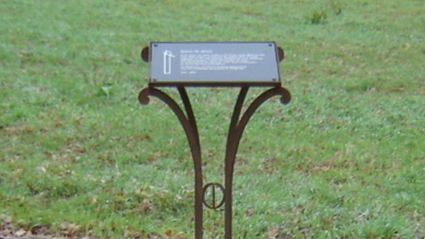Martien Coppens
Martien Coppens was born in 1908 as the son of a clog maker in Lieshout, a village in the vicinity of Eindhoven. At an early age, he showed a remarkable interest in photography (one of his HBS-reports even mentions that he could do less) and - exceptionally - he followed a training abroad, in Munich as a student of the photographer Bersenbrugge, among others, where he came into contact with the constructivist New Photography ( Rodchenko, Moholy-Nagy).
After some wanderings, he settled in Eindhoven in 1932 as an indepe…
Martien Coppens was born in 1908 as the son of a clog maker in Lieshout, a village in the vicinity of Eindhoven. At an early age, he showed a remarkable interest in photography (one of his HBS-reports even mentions that he could do less) and - exceptionally - he followed a training abroad, in Munich as a student of the photographer Bersenbrugge, among others, where he came into contact with the constructivist New Photography ( Rodchenko, Moholy-Nagy).
After some wanderings, he settled in Eindhoven in 1932 as an independent photographer. He photographed on commission, but had a preference for free work and for what he himself called art photography. From the moment he became an independent photographer, Coppens devoted himself to the autonomy of photography. He believes that photography need not be subordinate to the written word, as was often the case in those years, but should be treated as an independent art form, even when it comes to commissioned photography. At first, not everyone appreciated the power of his realistic photos, but in time, this changed.
His vision emerged clearly in his textbooks De mensch in de fotografie and Mens en camera, as well as in several exhibitions that he organised after the war in the Van Abbemuseum, such as Het nieuwe gezicht in de fotografie (1950) and Fotografie als uitdrukingsmiddel (1952). He developed intensive contacts with the German photographer and publicist Otto Steinert, the driving force behind the Subjektive Photography movement. In the same period, Coppens made several trips abroad, including to Germany and Austria, where he was commissioned by Oostpriesterhulp to photograph refugees who had been driven out of Eastern Europe by the Red Army.
Despite his many international contacts, he continued to feel a lifelong connection with his native region, North Brabant. He focuses the camera on people from Brabant, the landscape, the farms, the culture, in which nothing is presented as more beautiful than it is. There is a certain affinity with the paintings and drawings of Van Gogh from his Brabant period and equivalents can also be found in literature.
Martien Coppens often turned his camera on Brabant farmers and labourers, on church buildings and landscapes such as De Peel, but was equally interested in the dynamics of a city like Eindhoven and its industrial activity. He was an enterprising man who published over seventy photo books that found their way to the public quite well, such as Gedachten in steen over de St. Jan in Den Bosch. He became a teacher for many an (amateur) photographer.
